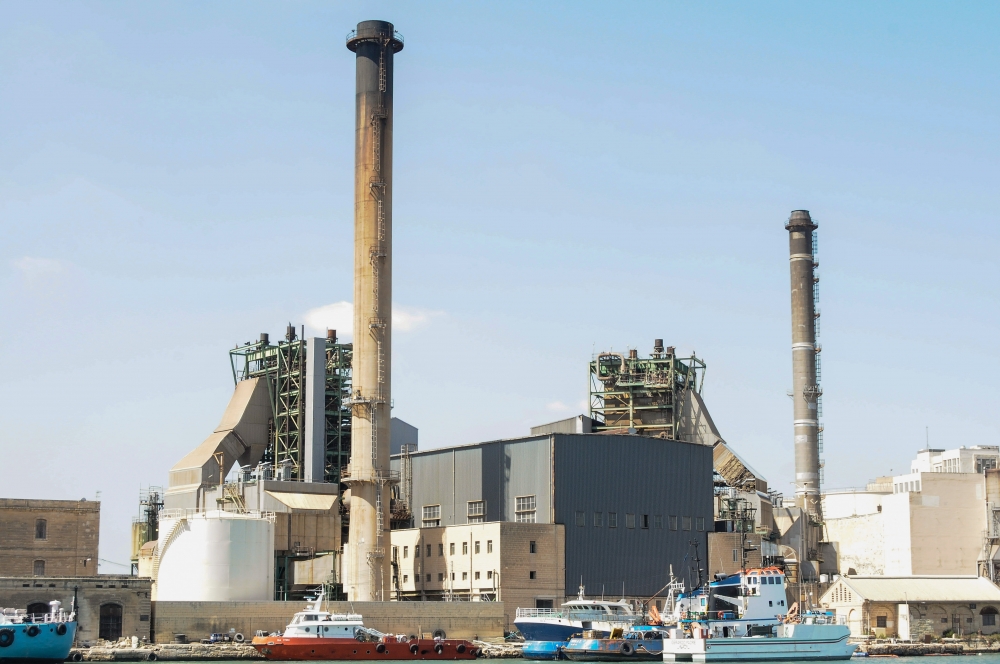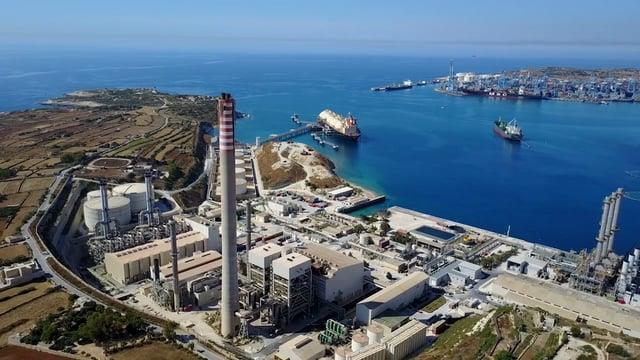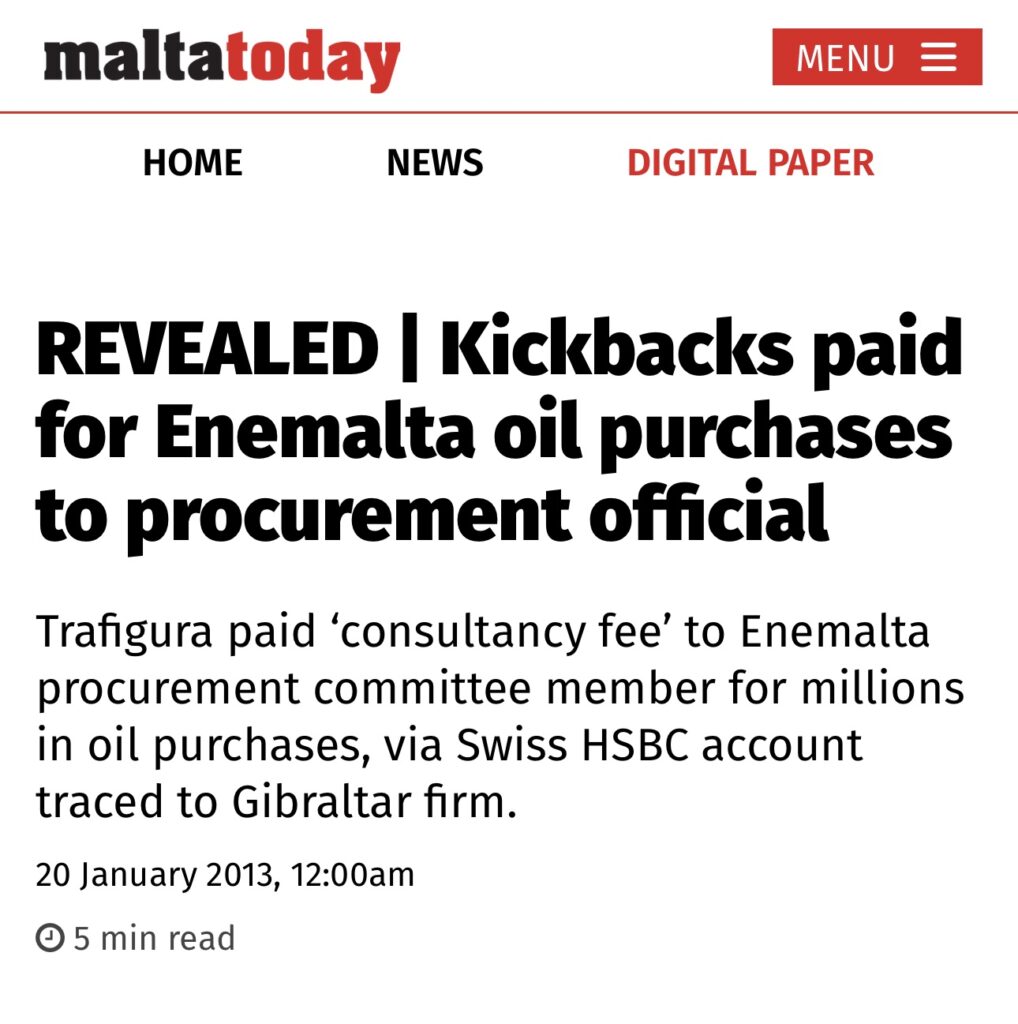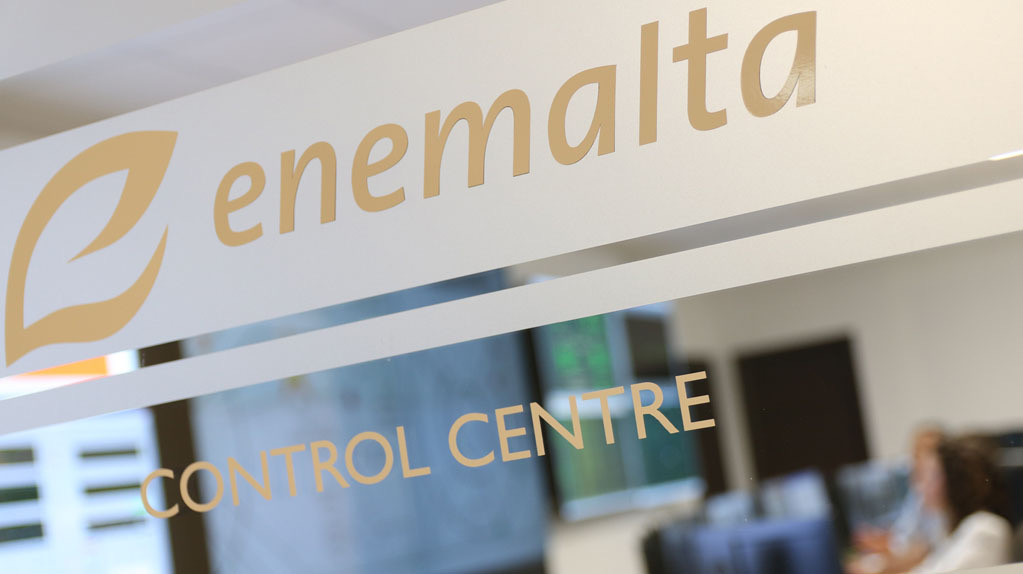Back in 2012, Malta’s energy sector was in a mess—and that’s putting it lightly. Imagine paying some of the highest electricity bills in Europe, only to know that your money was fueling a system that relied on outdated, polluting technology. Add to this the inefficiency, poor planning, and lack of vision, and you had a recipe for disaster. This wasn’t just about energy; it was about the health of the nation, the competitiveness of businesses, and the credibility of governance.

Marsa Power Station
Take the Marsa Power Station and the massive chimney plant at Delimara. These were relics of the past, running on heavy fuel oil (HFO)—a highly polluting energy source. To make matters worse, the then Nationalist government had doubled down by building a new power station that also used HFO. Shockingly, the contractors for this new plant were reportedly identified through the Yellow Pages, raising serious questions about transparency and competence. The National Audit Office (NAO) later flagged signs of corruption in the project, adding another layer of scandal to an already disastrous situation. Southern Malta bore the brunt of air pollution, with respiratory illnesses skyrocketing in the region. The air wasn’t just heavy with smog; it was heavy with consequences.

Delimara Power Station
Businesses were also gasping for air. Malta’s electricity tariffs were the highest in the EU, making it nearly impossible for local companies to stay competitive. And if you thought relief was on the horizon, the government at the time had a grim message: reducing power tariffs was “impossible.” The Nationalist government went as far as to claim that any plan to cut electricity bills was unachievable, leaving families and businesses with little hope for a reprieve.

Officials appointed by the Nationalist Party were implicated in bribery and kickbacks related to fuel procurement
Meanwhile, the energy sector was rocked by the Oil Scandal, where top officials appointed by the Nationalist Party were implicated in bribery and kickbacks related to fuel procurement. This scandal further eroded public trust and exposed the deep-rooted corruption that plagued the system and resulted in high electricity tariffs. Malta’s energy crisis wasn’t just about inefficiency; it was about a culture of mismanagement and unethical practices.

Enemalta, the national energy company, wasn’t faring any better. It was bleeding money, with its Electricity Division losing a staggering €100 million a year, and its credit rating was abysmal. This wasn’t just a company problem; it was a national issue. Enemalta’s financial troubles posed significant risks to Malta’s economy, with contingent liabilities threatening to drag the country further into debt.
And let’s not forget the EU. Brussels was breathing down Malta’s neck, issuing country-specific recommendations to clean up the energy sector, cut emissions, and diversify energy sources. Yet, there was no real plan in sight. Malta’s energy policies were stuck in the past, and the consequences were becoming impossible to ignore.
Looking back, 2012 was the year when the cracks in Malta’s energy sector became too big to patch up. It was a wake-up call for the nation, setting the stage for the transformative reforms that were desperately needed.





